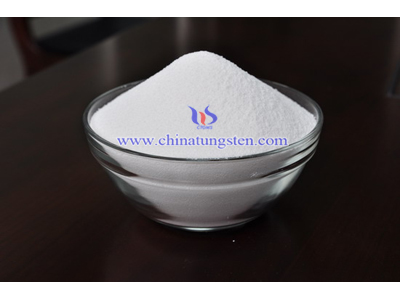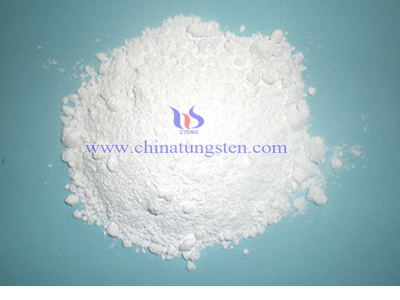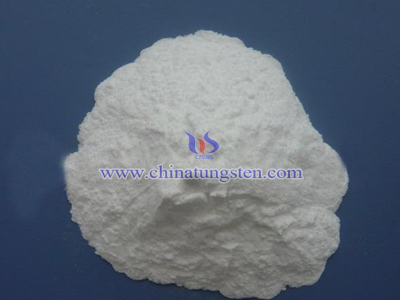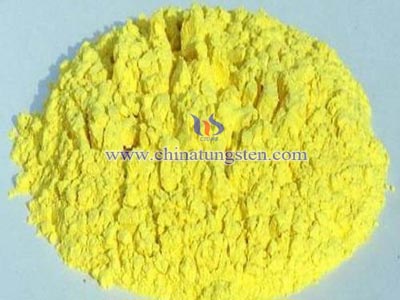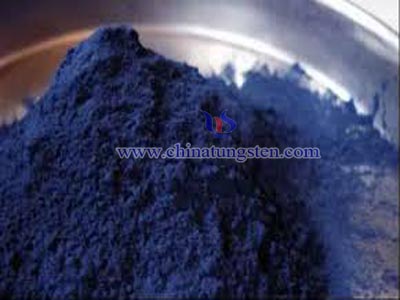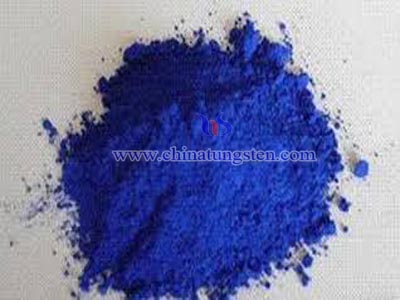Violet Tungsten Oxide TEM Photo

Violet tungsten oxide TEM photo refers to transmission electron microscope, HRTEM is high resolution transmission electron microscopy.
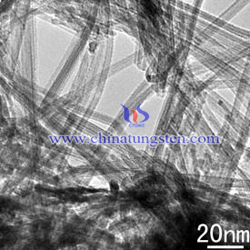
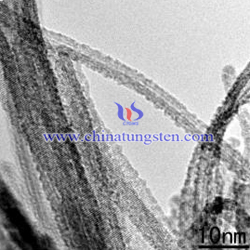
Transmission electron microscopy (TEM) is a microscopy technique in which a beam of electrons is transmitted through an ultra-thin specimen, interacting with the specimen as it passes through it. An image is formed from the interaction of the electrons transmitted through the specimen; the image is magnified and focused onto an imaging device, such as a fluorescent screen, on a layer of photographic film, or to be detected by a sensor such as a charge-coupled device.
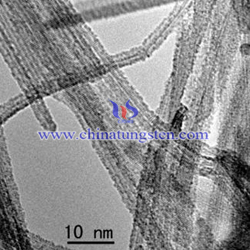
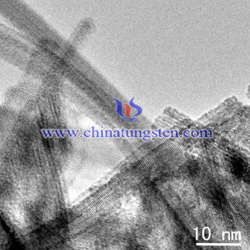
High resolution transmission electron microscopy (HRTEM) or (HREM) is an imaging mode of the transmission electron microscope (TEM) that allows for direct imaging of the atomic structure of the sample. HRTEM is a powerful tool to study properties of materials on the atomic scale, such as semiconductors, metals, nanoparticles and sp2-bonded carbon (e.g., graphene, C nanotubes). While HRTEM is often also used to refer to high resolution scanning TEM (STEM, mostly in high angle annular dark field mode), this article describes mainly the imaging of an object by recording the 2D spatial wave amplitude distribution in the image plane, in analogy to a "classic" light microscope. For disambiguation, the technique is also often referred to as phase contrast TEM. At present, the highest point resolution realised in phase contrast TEM is around 0.5 ångströms (0.050 nm). At these small scales, individual atoms of a crystal and its defects can be resolved. For 3-dimensional crystals, it may be necessary to combine several views, taken from different angles, into a 3D map. This technique is called electron crystallography.


